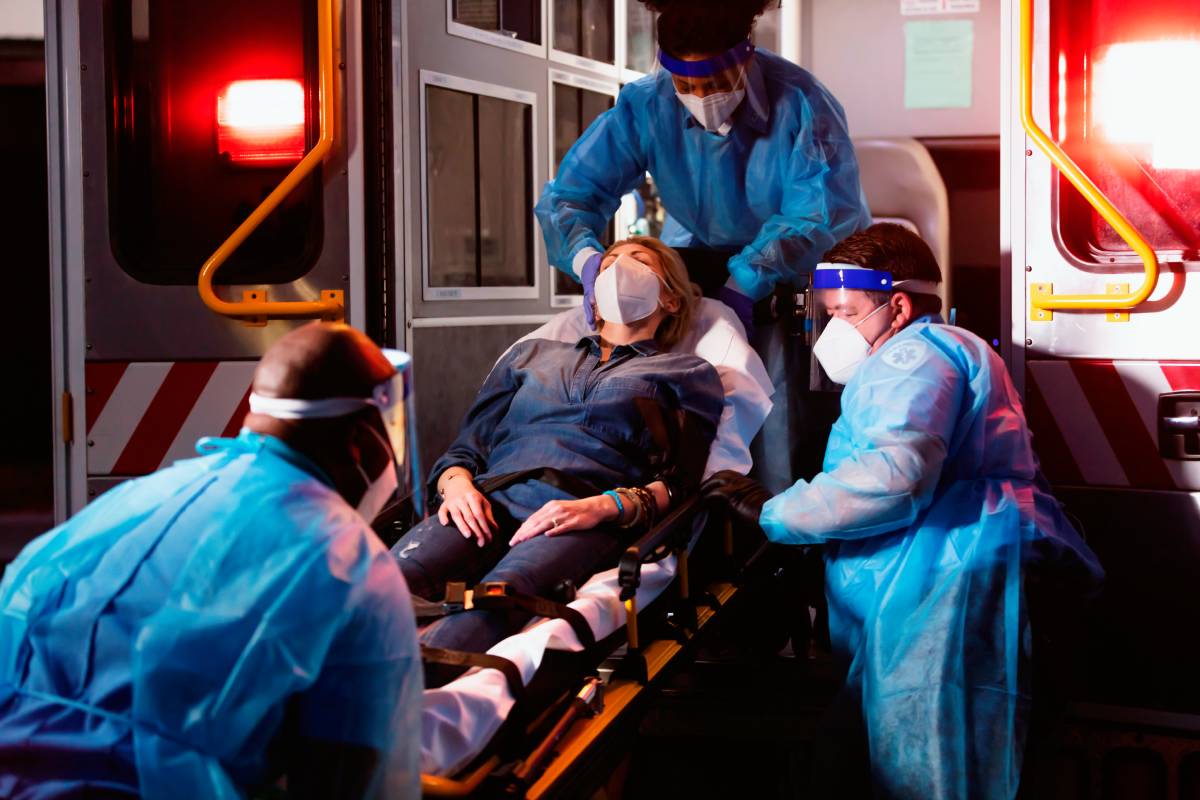As yet another wave of COVID-19 infections sweeps the globe, clinicians and researchers have been forced to consider reinfection as a growing area of concern. Studies have shown that reinfection is more than just an anomaly: epidemiological data collected on the omicron variant has proven that individuals infected by earlier variants remain vulnerable to COVID-19.1,2 The natural next question, then, is whether or not COVID-19 reinfection poses a major public health issue in terms of incidence and severity. The morbidity and mortality associated with reinfection has enormous implications, particularly when it comes to anticipated healthcare burden and policy regarding infectious disease control. Should we expect that with each successive wave, hospitals will be flooded with patients the same way they were in the spring of 2020?3 Or is there any protection conferred in having fought off the infection once (or even multiple times) before?
A recent study published in January of 2022 suggests that those who have already been infected face better odds than those experiencing a primary infection.4 Authors Mensah et al. collected data from a COVID-19 surveillance system and England’s mass PCR testing services for a 16-month period ending in May of 2021. Reinfection classification was defined as previous history of a positive PCR test, with a 90-day minimum interval in between positive tests. A total of 3,860,054 first infections were recorded, along with 13,960 cases of reinfection. In order to measure overall severity of primary infection versus reinfection, the authors cross-checked COVID-19 data from both testing and surveillance with data on ICU and hospital admissions.
The authors noted several interesting differences when it came to the demographic of reinfected individuals. For example, men were 42 percent less likely to get reinfected than women. Risk of reinfection also increased with each successive age category, in accordance with other studies which have shown senior populations to be more vulnerable to COVID-19 infection.5
Individuals suffering from a primary infection were more likely to have an adverse health outcome when compared to individuals experiencing a repeat infection. After adjusting for age and sex, the authors found that individuals in the reinfection group died within 28 days of a positive PCR result at less than half the rate of individuals in the primary infection group. Interestingly, hospital admission rates (within 21 days of a positive PCR test) were comparable for both groups in individuals under 50 years old. However, individuals aged 50 and over showed a 48 percent relative decrease in hospital admission frequency if they were experiencing a reinfection vs. a primary infection. A similar trend was noted in high-risk populations: a 34 percent decrease in hospital admission frequency was seen in the reinfection group as compared to the primary infection group. These findings suggest that prior infection has a larger protective effect on more vulnerable populations, perhaps conferring some level of immune protection that is relatively negligible in more resilient populations.
These findings have some reassuring implications as to the expected healthcare burden due to reinfection. While the morbidity and mortality of reinfection is non-negligible, severity appears to be significantly less concerning than that of primary COVID-19 infection. The implication is that relatively fewer resources will be necessary to manage continuing COVID-19 infection.
References
1 Araf, Y., Akter, F., Tang, Y. D., Fatemi, R., Parvez, M., Zheng, C., & Hossain, M. G. (2022). Omicron variant of SARS-CoV-2: Genomics, transmissibility, and responses to current COVID-19 vaccines. Journal of medical virology. Advance online publication. https://doi.org/10.1002/jmv.27588
2 Ren, S. Y., Wang, W. B., Gao, R. D., & Zhou, A. M. (2022). Omicron variant (B.1.1.529) of SARS-CoV-2: Mutation, infectivity, transmission, and vaccine resistance. World journal of clinical cases, 10(1), 1–11. https://doi.org/10.12998/wjcc.v10.i1.1
3 Miller, I. F., Becker, A. D., Grenfell, B. T., & Metcalf, C. (2020). Disease and healthcare burden of COVID-19 in the United States. Nature medicine, 26(8), 1212–1217. https://doi.org/10.1038/s41591-020-0952-y
4 Mensah, A. A., Lacy, J., Stowe, J., Seghezzo, G., Sachdeva, R., Simmons, R., Bukasa, A., O’Boyle, S., Andrews, N., Ramsay, M., Campbell, H., & Brown, K. (2022). Disease severity during SARS-COV-2 reinfection: a nationwide study. The Journal of infection, S0163-4453(22)00010-X. Advance online publication. https://doi.org/10.1016/j.jinf.2022.01.012
5 Crimmins E. M. (2020). Age-Related Vulnerability to Coronavirus Disease 2019 (COVID-19): Biological, Contextual, and Policy-Related Factors. The Public policy and aging report, 30(4), 142–146. https://doi.org/10.1093/ppar/praa023
